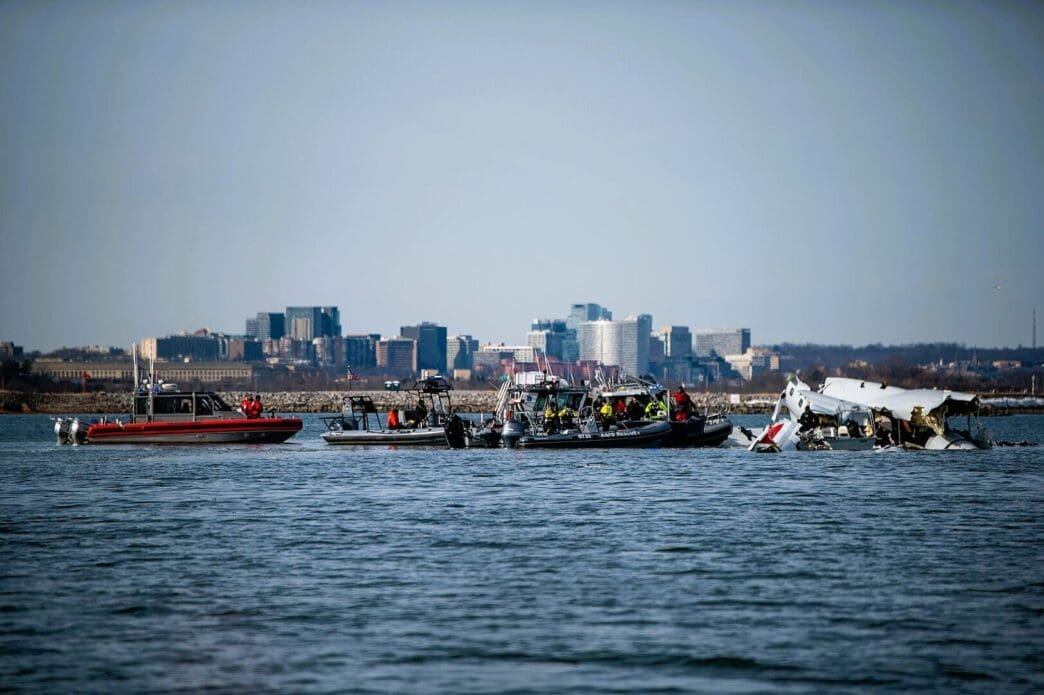Preliminary findings from flight data and voice recorders suggest potential inaccuracies in the Black Hawk’s altimeter, possibly contributing to the collision with an American Airlines flight. National Transportation Safety Board (NTSB) chair Jennifer Homendy shared that differing altitude readings were reported by the pilot and her instructor shortly before the crash.
Wreckage from the collision, which claimed the lives of all 67 people aboard both aircraft, is being meticulously examined. The Black Hawk, operating out of Fort Belvoir, Virginia, was on a training mission and was required to maintain an altitude below 200 feet as per Federal Aviation Administration guidelines.
The conflicting altimeter readings raise questions about the helicopter’s reference instruments. The radio altimeter recorded an altitude of 278 feet, which may not align with the readings available to the pilots at the time. This uncertainty is compounded by the fact that no external damage was found on the Black Hawk’s voice recorder, despite the helicopter being equipped to transmit location and altitude data.
Critical observations from the investigation include the possibility that the Black Hawk pilots did not hear crucial instructions from the airport control tower. In the moments before the collision, the tower advised the helicopter to avoid the commercial jet, but this direction may have been missed due to concurrent microphone use within the helicopter crew. Additionally, an earlier vital transmission about the regional jet’s maneuver was not acknowledged by the helicopter crew.

Investigators are focused on analyzing the helicopter’s systems, including the pitot-static system and air data computer, to confirm the altimeter readings. The investigation also extends to the integration and functionality of ADS-B technology, which was present in the helicopter but did not appear to be transmitting at the required time.
Former NTSB managing director Peter Goelz commented on the complexity of the task, highlighting the challenges in determining the helicopter’s actual course and altitude. Barometric altitude data, essential for accurate altitude verification, was not recorded, necessitating alternative methods for assessment.
Homendy noted the possibility that the Black Hawk crew was wearing night vision goggles during the flight, adding another layer of complexity. These goggles can obstruct peripheral vision and are challenging to use in well-lit, urban airspace. A visibility study involving laser scanning of aircraft cockpits is being conducted to understand the crew’s visual perspective at the time.
The investigation’s progress includes the recovery of both aircraft’s cockpit voice and flight data recorders. Despite water damage to the regional jet’s voice recorder, efforts continue to extract valuable information. The NTSB remains committed to uncovering the sequence of events, with a preliminary report anticipated by month’s end.
As the investigation unfolds, it remains crucial to understand all factors leading to this tragic incident. The NTSB’s work to decipher altimeter readings and communication discrepancies is vital in preventing future occurrences. The aviation community closely watches these developments, emphasizing the need for stringent adherence to safety protocols.








